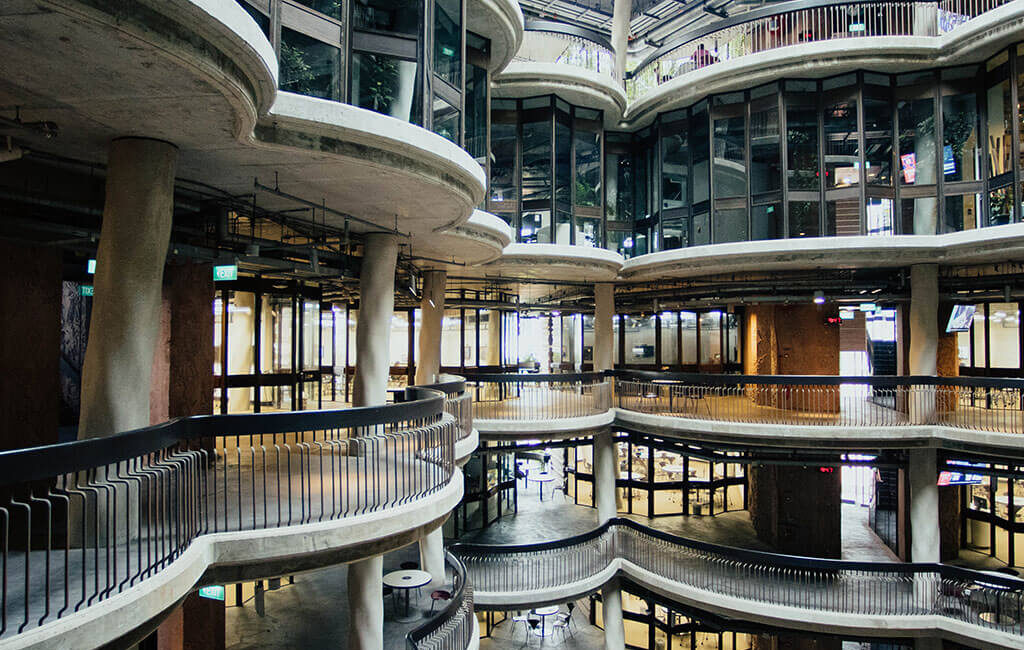Architecture and project management are two interconnected disciplines that play crucial roles in the successful execution of construction projects. Here’s an overview of both:
Architecture:
- Design Development: Architects are responsible for conceptualizing and designing buildings, considering factors such as functionality, aesthetics, and sustainability. They work closely with clients to understand their needs and preferences, translating them into architectural solutions.
- Site Analysis: Architects conduct thorough site analysis to assess environmental conditions, topography, climate, and other site-specific factors that may influence the design and construction process.
- Building Codes and Regulations: Architects ensure that designs comply with local building codes, zoning regulations, and other legal requirements to obtain necessary permits and approvals for construction.
- Construction Drawings: Architects create detailed construction drawings, including plans, elevations, and specifications, that communicate the design intent to contractors and other project stakeholders.
- Coordination: Architects collaborate with engineers, contractors, and consultants to integrate structural, mechanical, electrical, and other building systems into the design, ensuring compatibility and coordination among various disciplines.
- Quality Control: Architects oversee construction progress to ensure that workmanship and materials meet design specifications and quality standards, addressing any issues or discrepancies that may arise during construction.
- Sustainability: Architects promote sustainable design principles, incorporating energy-efficient strategies, environmentally friendly materials, and green building practices to minimize environmental impact and enhance building performance.

Project Management:
- Planning and Scheduling: Project managers develop comprehensive project plans, schedules, and budgets, outlining key milestones, tasks, and resource requirements to guide the project from inception to completion.
- Resource Allocation: Project managers allocate resources, including personnel, materials, and equipment, to ensure that project activities are executed efficiently and within budgetary constraints.
- Risk Management: Project managers identify potential risks and uncertainties that may impact project outcomes and develop strategies to mitigate or manage them effectively, minimizing disruption and ensuring project success.
- Communication: Project managers facilitate clear and effective communication among project team members, stakeholders, and clients, ensuring that everyone is informed and aligned throughout the project lifecycle.
- Procurement: Project managers oversee procurement activities, including sourcing and selecting vendors, negotiating contracts, and managing supplier relationships to ensure timely delivery of materials and services.
- Quality Assurance: Project managers implement quality assurance processes and procedures to monitor and evaluate project performance, ensuring that deliverables meet quality standards and client expectations.
- Change Management: Project managers manage changes to project scope, schedule, and budget, assessing the impact of change requests and implementing appropriate controls to minimize disruptions and delays.
- Closeout: Project managers oversee project closeout activities, including final inspections, documentation, and handover to the client, ensuring that all contractual obligations are fulfilled and the project is successfully completed.
Both architecture and project management are essential components of the construction process, working in tandem to deliver successful projects that meet client needs, adhere to quality standards, and achieve project objectives. Collaboration between architects and project managers is key to ensuring effective coordination, communication, and execution throughout the project lifecycle.

